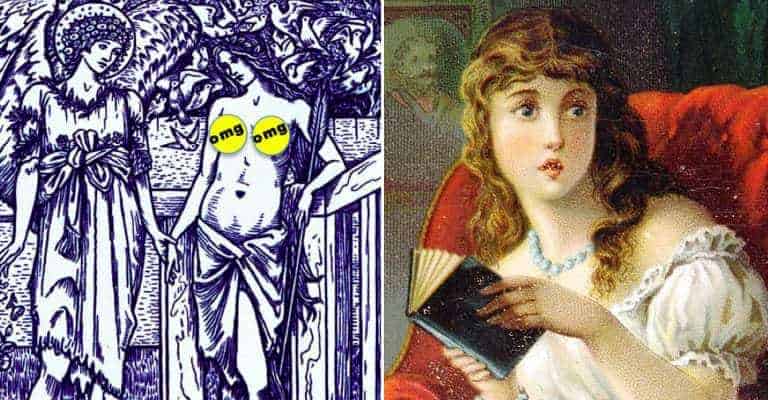From ancient poetry to Fifty Shades of Grey, sexuality is a constant theme in artistic expression. Like all literature, erotica often provides social commentary of the age in which it was published, exploring taboo subjects such as adultery, prostitution, and fetishes. Many authors include the sexual experience for shock value, while others use it for humor. This collection of erotic poems and novels is not a complete list, but they are just as important for their contributions to history as they are valuable literary works.
The Decameron (ca. 1350s)
Although medieval literature contains erotic references, most famously in The Canterbury Tales, the Middle Ages was an era dominated by religious treatises. Written as a frame story, in which ten people take shelter from the plague in an Italian villa, sharing stories to pass the time, Giovanni Bocaccio’s The Decameron includes tales of orgies, adultery, and sexual desire that shocked its medieval audience. The larger story was a familiar one: in the 1340s, the Black Death was ravaging Europe; anyone who could escape the cities evacuated to the countryside in hopes of avoiding the plague.

Some erotic stories in The Decameron border on hilarious. A monk tricks an impressionable young virgin into having sex with him because the Devil is inside of his penis. Nuns living in a convent take their supposedly mute gardener as a lover. A woman has sex with her lover over a barrel that her husband is cleaning. Because of their combination of sex and humor, Playboy Magazine printed episodes from the medieval text in every issue during its first year of publication.
Governments in many countries banned or censored The Decameron for over six hundred years. Bocaccio doesn’t hold back in his criticism of the Catholic Church, depicting a corrupt and lecherous clergy. Almost a century after its initial publication, the Catholic Church censored the book by changing the monks and nuns to lords and ladies. Countries such as the United Kingdom, the United States, and Australia banned the medieval text well into the twentieth century.

